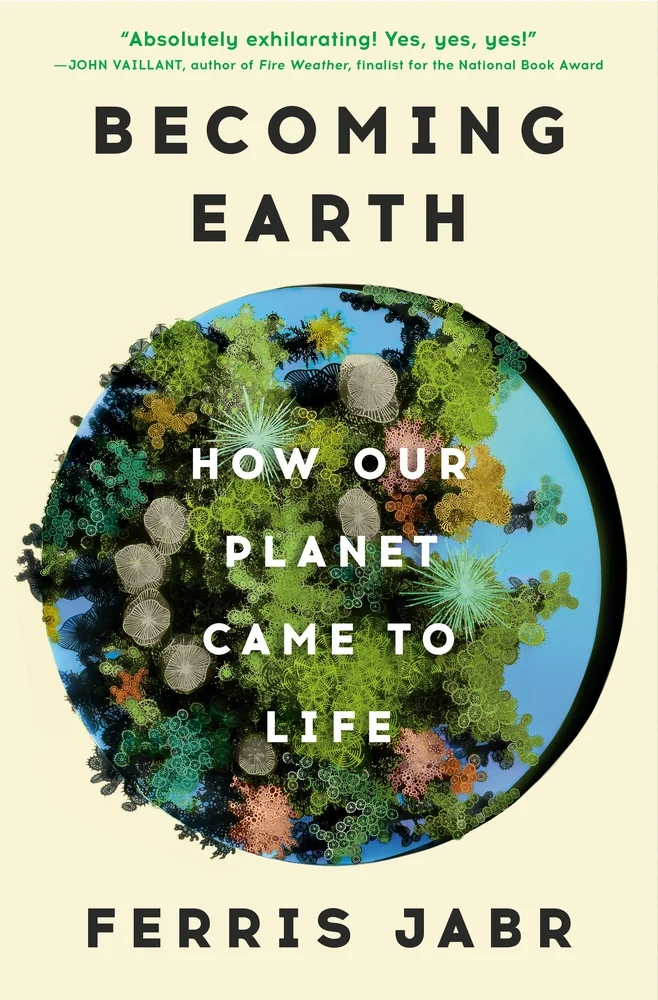
View of the Klamath from Orleans, California, ancestral Karuk territory. For millennia, the Yurok, Karuk and Hupa of northern California, and indigenous tribes worldwide, passed the use of fire down through generations as a means of land stewardship and survival. Light, frequent burning created fire-adapted landscapes.
 I recall during the pandemic reading the work of Ferris Jabr, which expanded on our understanding of the social networking of trees, an idea I remain compelled by. Now he has a book, adapted for The Atlantic. In the essay form he focuses on the value of indigenous knowhow handed down generation to generation for centuries. He highlights how fire is a wild, powerful element of nature, wielded as a tool for stable life of ecosystem and society.
I recall during the pandemic reading the work of Ferris Jabr, which expanded on our understanding of the social networking of trees, an idea I remain compelled by. Now he has a book, adapted for The Atlantic. In the essay form he focuses on the value of indigenous knowhow handed down generation to generation for centuries. He highlights how fire is a wild, powerful element of nature, wielded as a tool for stable life of ecosystem and society.
Detail of a landscape during a cultural prescribed burn training (TREX) hosted by the Cultural Fire Management Council and the Nature Conservancy in Weitchpec, California. (Alexandra Hootnick)
THE DEEP CONNECTION BETWEEN LIFE AND FIRE
How wildfire defines the world
Perched on a densely forested hill crisscrossed with narrow, winding, often unsigned roads, Frank Lake’s house in Orleans, California, is not easy to find. On my way there one afternoon in late October, I got lost and inadvertently trespassed on two of his neighbors’ properties before I found the right place. When Lake, a research ecologist for the United States Forest Service, and his wife, Luna, bought their home in 2008, it was essentially a small cabin with a few amenities. They expanded it into a long and handsome red house with a gabled entrance and a wooden porch. A maze of Douglas firs, maples, and oaks, undergrown with ferns, blackberries, and manzanitas, covers much of the surrounding area.
“This is a feral orchard,” Lake said as he showed me around, weaving among slender-trunked trees and sprawling shrubs. He was wearing cargo pants, thick black boots, and a camo-print beanie. “This is an old place that Karuk managed.” Lake, who is of mixed Indigenous, European, and Mexican heritage, is a descendant of the Karuk, a native people of northwestern California and one of the largest tribes in the state today. Some of his family members are also part of the Yurok Tribe, which is indigenous to the same region. Lake grew up learning the history and culture of both peoples.
A little ways ahead, we reached a grove of moderately large oak trees. Here, the forest floor was mostly free of vegetation, charred black in places, and littered with acorns. Since 2009, Lake, who is a certified firefighter, has used chain saws, propane torches, and drip torches to strategically thin and burn this particular half acre. Over the years, the controlled burns, or prescribed burns as they are often called, have removed the smothering underbrush, reduced the number of trees, and provided the remaining oaks with much more light and space, creating an orchard similar to those Lake’s ancestors would have managed.
Fire has also kept pests in check. Every year, weevils and moths lay eggs on or within acorns, which their larvae proceed to devour. Periodic low-level fires spare the trees but kill a portion of the pests’ pupae buried in leaf litter and soil, preventing them from ruining the following year’s crop. Like many Indigenous peoples in the area, Lake’s family and friends continue to use acorns to make flour, bread, and soup.
“How do you know which ones are best?” I said, scanning the hundreds of fallen acorns around our feet…
Read the whole essay here.